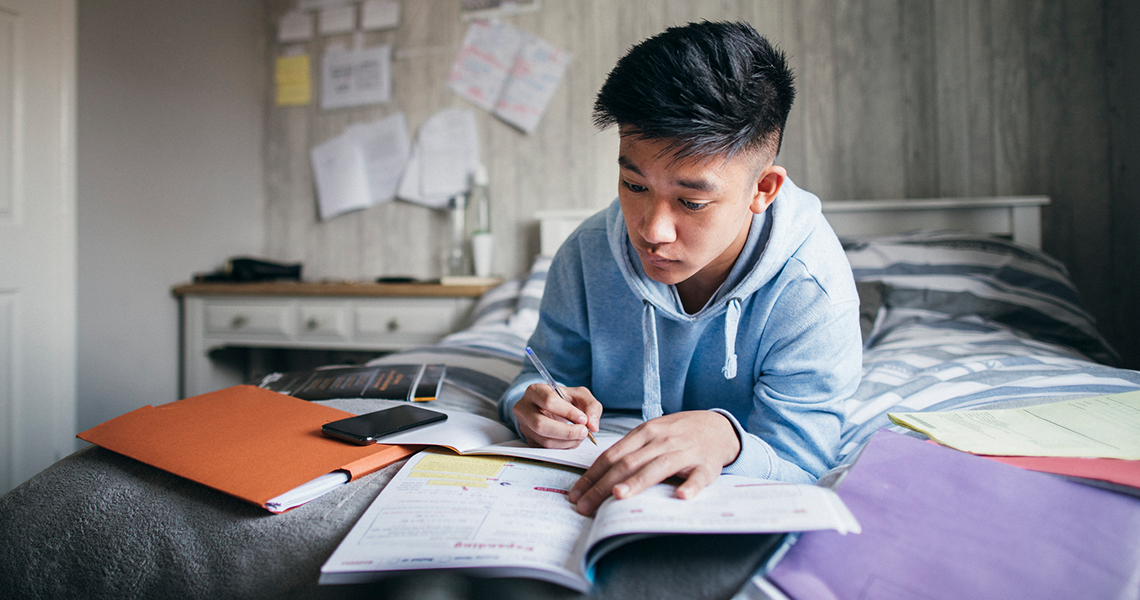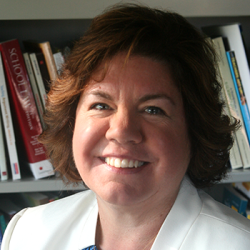School leaders all over the country are looking toward an uncertain fall.
They’re wondering how best to support students with the unfinished learning and social emotional needs the COVID-19 crisis has created. Layer on the national witnessing of the murder of George Floyd by police and subsequent protests and pushbacks, and leaders and teachers must anticipate children returning to school with complex fears, attitudes, and learning challenges.
Amongst the talk of six feet apart and how to provide personal protective equipment to kids and staff, leaders must be asking the important question, “How can we help teachers accelerate student learning and tend to their social emotional needs when the 2020-21 school year gets underway?”
Rather than remedial lessons or units designed to “fill the gaps,” Project Based Learning grounded in grade level standards is the answer. PBL, through which students become an interdependent learning community that relies on and cares for one another, is the answer. PBL, which creates natural spaces for teachers to meet with small groups and to differentiate instruction, is the answer. Not “doing projects,” but Gold Standard Project Based Learning.
Research is on the side of PBL, showing it can be more effective than traditional instruction in social studies, science, mathematics, and literacy, according to a 2018 meta-analysis of over 20 research studies that span content areas and grade levels. This contrasts with the research showing that more traditional remedial approaches like grade level retention and supplemental instruction may cause students to fall even further behind.
A PBL classroom is rich with opportunity for students to build content knowledge while practicing vital skills in reading, writing, listening, speaking, data collection and analysis, and the application of other math skills. Teachers who build Gold Standard PBL curriculum know that a careful analysis of the standards and a determination of what is essential for all students to achieve is part of the process.
The conversation about “priority standards'' and “essential skills” is baked into the PBL planning process…
…along with conversations about how to best assess student work, provide feedback, and encourage students to learn more through revision. Unlike worksheets, learning platforms that ask students the same low-level questions repeatedly, or other generic lessons, a well-designed project hooks students into learning important content and skills in ways that are relevant and therefore engaging.
Engaging is different from entertaining. While learning at home, students may have experienced some entertaining learning – computer-based applications that gamify skill development, or fun puzzles and crosswords, for example. Learning activities like these may cause a temporary sense of pleasure for some students, but they don’t lead to long-lasting engagement, which can be defined as “commitment,” or being dedicated to a cause, activity, or outcome. Well-designed projects develop a sense of commitment in students, and they engage kids because they want to see their work through to completion.
In my school district outside of Rochester, New York, we saw this in real time when school suddenly became remote. Our juniors were deep into their Overlooked project and they wanted to complete their final products—podcasts—COVID-19 or not. They and their teachers learned new ways to give and receive feedback remotely to ensure that the podcasts were high quality. As we reconnect with students, we are going to need to provide them with meaningful work that deepens their sense of commitment to learning.
PBL builds community. We’re going to need classroom/online communities more than ever.
PBL teachers often organize students into small, interdependent teams and provide lessons and feedback to students about how to work together well. The PBLWorks Collaboration Rubrics from grades K-2, 3-5, and 6-12 include criteria so relevant for our times, such as “we honestly talk about how well agreements are being followed and take appropriate steps if they are not” (grades 3-5) and “makes discussions effective by clearly expressing ideas, asking probing questions, making sure everyone is heard, responding thoughtfully to new information and perspectives” (grades 6-12).
In PBL classrooms, social-emotional lessons about teamwork, respect, caring for others, and hearing different perspectives are integrated into daily work. Many PBL teachers set aside time for community circles as well, to build relationships, recognize and support students who need to talk about how things are going, or problem solve.
Should we need to continue to provide remote lessons in the coming year, or even if students are in the classrooms but need to stay somewhat separated, technology makes it possible for students to continue to build relationships and collaborate meaningfully. Many of the same tools teachers used online this spring could still be employed if students have to be seated six feet apart.
The fall cannot be crisis teaching anymore.
I am still in awe of what teachers did this past spring, without any time, to rebuild their classrooms online. Their efforts were nothing short of heroic. Now that we’re between school years, we can take some time to analyze what happened—both for the successes and for the places where we can level up.
One thing we did not have time to systematically plan for in our district was small group instruction, which is imperative if we are going to support students with unfinished learning next school year. Gold Standard PBL experiences make small group instruction more realistic and possible, because instruction is planned in a way that enables students to be more independent. They are not always waiting on the teacher for the next task or set of directions. Teachers can set the class to work and draw smaller groups of students to a table, or even a virtual chat room if necessary, to provide the mini-lessons that they need.
Two specific PBL management strategies create independence so that teachers can work with small groups. A project wall contains key materials that students can be taught to reference on their own – the driving question, directions for tasks, rubrics, norms and the like. Project walls have typically been a physical place, but organizing such a thing in a learning management system or on a platform such as Padlet might make a lot of sense whether we are learning remotely or not. A Kanban Board, also easily replicated online as Google Doc or Office 365 spreadsheet, supports students through the steps of a project so that they can stay engaged if the teacher is coaching a small group or team.
Quality PBL experiences should be the framework for how we will accelerate our students’ learning in response to this multi-faceted crisis.
Let’s deepen our work with students rather than remediate them. Let’s prepare to bring students back to school this fall – whether live in classrooms or virtually or both – to a vibrant, meaningful curriculum that helps them begin to heal.


